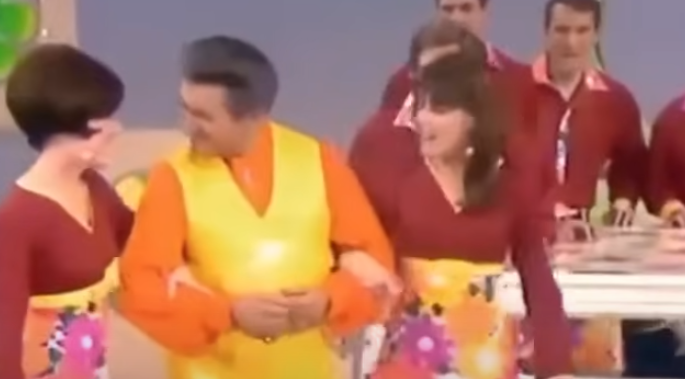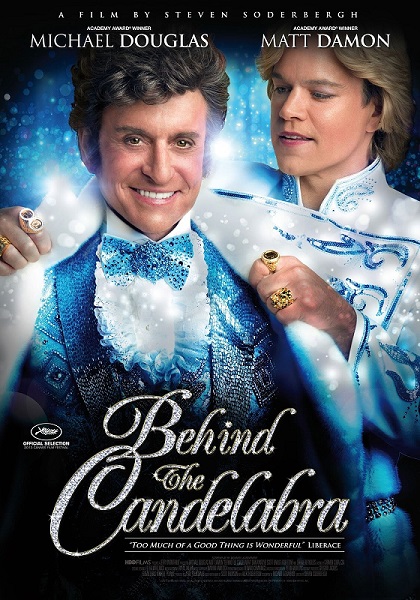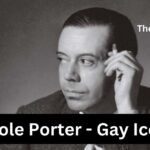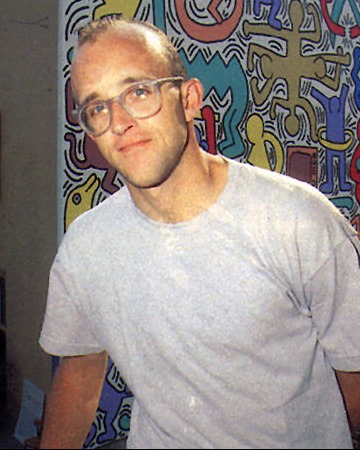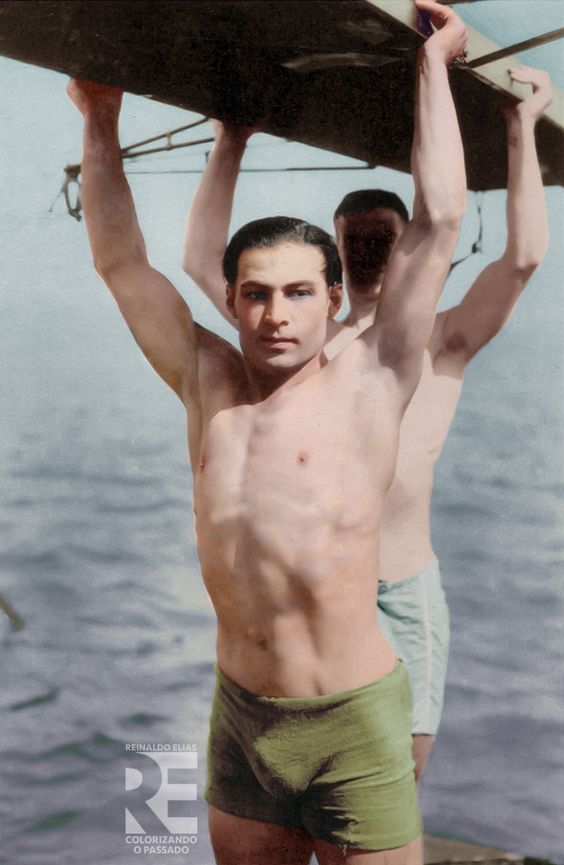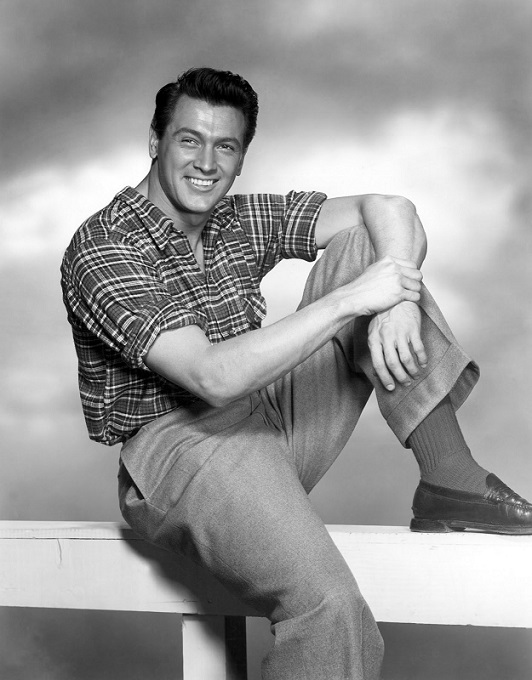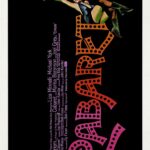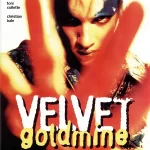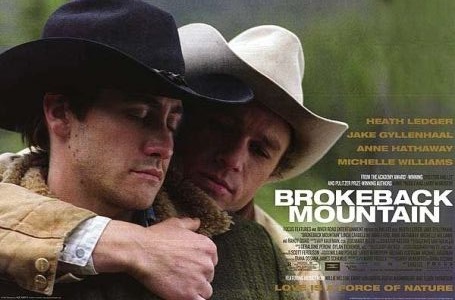“Feelin’ Groovy,” also known as “The 59th Street Bridge Song,” is a famous track by the American music duo Simon & Garfunkel. Written by Paul Simon, the song’s title refers to the colloquial name of the Queensboro Bridge in New York City, which connects Manhattan to Queens. The song was composed by Paul Simon in the mid-1960s and first appeared on the duo’s 1966 album “Parsley, Sage, Rosemary and Thyme.” Its upbeat, whimsical lyrics and light, flowing melody reflect the countercultural, carefree spirit of the 1960s. The refrain “Feelin’ groovy,” repeated throughout the song, became a popular catchphrase and epitomized a sense of easygoing optimism.
Paul Simon and Art Garfunkel, known for their thoughtful and introspective songwriting, haven’t publicly commented extensively on Liberace’s version of “Feelin’ Groovy” (officially titled “The 59th Street Bridge Song”). However, in general, Paul Simon has expressed mixed feelings about other artists covering his songs, appreciating the homage while sometimes being critical of interpretations that stray far from his original vision. “Feelin’ Groovy” is notable for its smooth, soft sound, characterized by the duo’s harmonious vocals and a gentle guitar backdrop. It’s relatively brief, light in tone, and features playful lyrics about slowing down and enjoying the simple pleasures of life, in contrast to the more somber and complex themes present in some of Simon & Garfunkel’s other work. Overall, “Feelin’ Groovy” was more than just a fun expression; it represented a broader desire for peace and simplicity, key themes of the 1960s cultural landscape. “Feelin’ Groovy,” in the context of the 1960s when the song “The 59th Street Bridge Song (Feelin’ Groovy)” by Simon & Garfunkel became popular, captured a specific cultural and emotional sentiment. The term “groovy” itself was a slang term that emerged from the jazz culture of the 1920s and 1930s, but it gained mainstream popularity during the 1960s in the United States as part of the counterculture lexicon. In the 1960s, “groovy” was used to describe something that was cool, excellent, or fashionable. It was also associated with the music scene, particularly with the psychedelic and folk music movements that were integral parts of the era’s cultural shifts. The term embodied a sense of ease, relaxation, and being in tune with the music and the moment. In the context of the song “Feelin’ Groovy,” the phrase reflects a carefree, relaxed attitude towards life. The lyrics suggest taking the time to disconnect from the hustle and stress of daily life (“Slow down, you move too fast”) and appreciate the simple, serene moments (“Hello lamppost, What cha knowing?”). It encapsulates an optimism and a gentle invitation to enjoy life’s journey without rushing, which resonated deeply during a time of significant social and political change. Liberace, born Wladziu Valentino Liberace in 1919, was an American pianist and entertainer famous for his flamboyant personality and lavish stage presence. Known simply as “Liberace,” he became one of the most popular and highest-paid entertainers in the United States and the world during the 1950s through the 1970s. Liberace’s style on television was as extravagant and over-the-top as his live performances. He was known for his charismatic showmanship and his ability to connect with the audience in a personal and direct manner. His TV shows typically featured him in elaborately decorated sets with grand pianos, often covered in rhinestones or mirrors. His costumes were equally spectacular, consisting of ornate, custom-made outfits—such as sequined capes, fur coats, and jeweled suits—which added to his unique and glamorous image. Liberace’s television appearances were marked by his virtuosic piano playing, which included classical music, show tunes, and popular songs, all performed with a blend of serious musicianship and whimsical flourishes. He often addressed his television audience in a playful and humorous manner, sometimes directly looking into the camera as if speaking to each viewer personally. This direct engagement, combined with his lavish visual style and musical talent, made his shows a unique entertainment experience that captivated millions.
How much fun is this PS read some of the comments on You Tube…EG. This makes the Osmonds look like Black Sabbath!
Hope you enjoy Cheers Steve at thegaydolls.com
